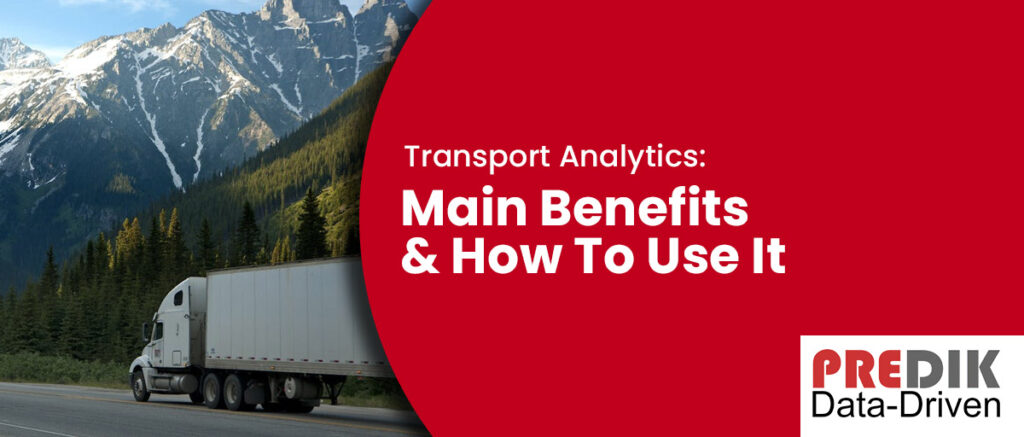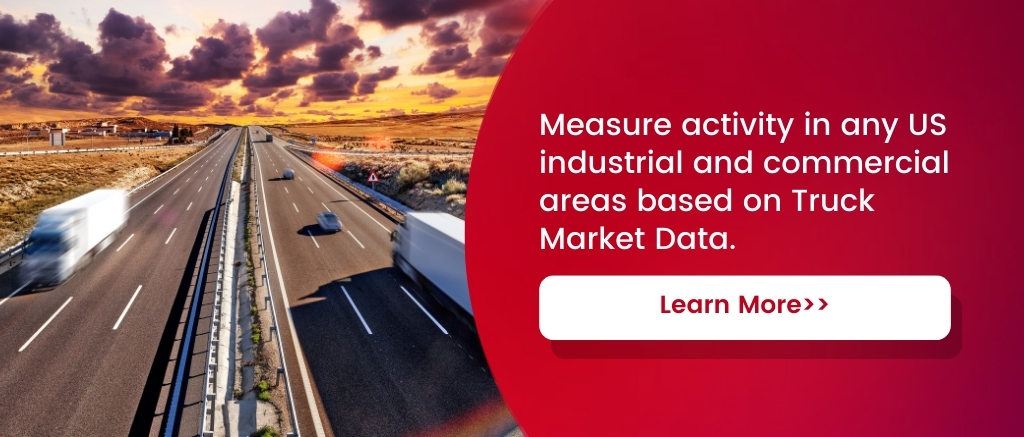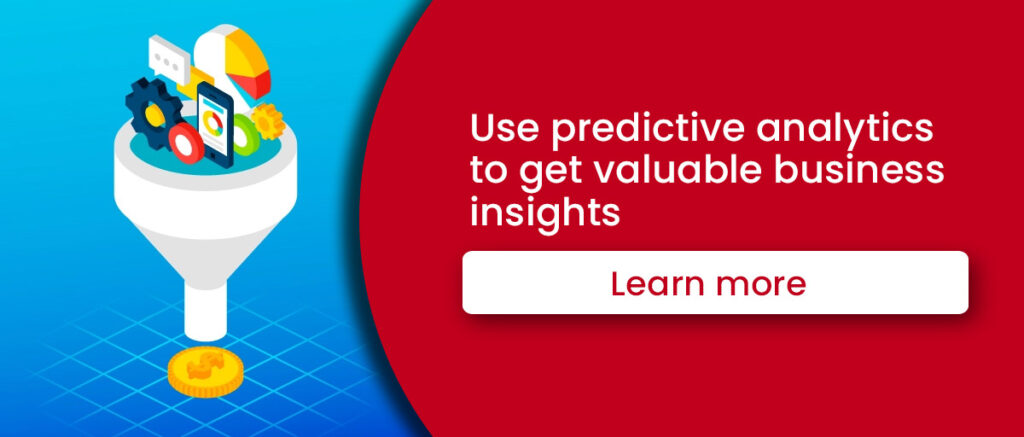Transport data analytics can improve vehicle performance, reduce costs, improve processes, develop strategies, optimize routes and times, and foresee and identify problems, among others.
Transportation analytics makes it possible to make both commercial and personal travel more efficient and cost-effective. Examining data while in transit can enhance productivity, fuel efficiency, and overall efficiency, ultimately resulting in lower operational expenses.
Companies can anticipate daily volumes, optimize delivery routes, and allocate resources efficiently to improve user satisfaction. For example, teams can identify components most likely to break or underperform by combining transport data with preventive maintenance, enabling better maintenance planning.
“The global transportation analytics market size is projected to reach USD 27.4 billion by 2024”
Markets and Markets
In this article we will cover the following topics:
Today’s panorama for data analytics in transportation
Decision-makers are paying more attention to using data from complex transactions to improve their distribution, logistics, and transportation processes through analytics.
According to KPMG, the transportation industry faces structural challenges like capacity constraints and driver shortages, making optimizing domestic and international moves crucial.
Furthermore, companies have been facing internal pressures. Mergers and acquisitions have highlighted the need for consolidating systems, networks, and freight spending to achieve expected synergies. Having visibility into the fundamental factors that drive cost and efficiency has become crucial for maintaining previous achievements.
That is why many organization leaders are transitioning from outdated optimization data techniques to forward-thinking simulation capabilities based on Big Data and AI. These capabilities can be integrated with existing technology platforms, allowing for the operationalization of models and long-lasting improvements.
In this context, the effectiveness of operating strategies is demonstrated through analytics and modeling. Along with traditional methods such as load management, driver availability, and carrier capacity, alternative data sources provide a more comprehensive analysis of:
- External partner cost models.
- Inventory strategies.
- Market patterns.
- External threats and opportunities.
Where does transport data come from?
Transport data sources come from many different types of sensors and locations. Common sources include GPS data from vehicles, trucks, and transport units. Also, sensor data, route data, road traffic data, speed detectors, and even location data from mobile phone networks are helpful for transport analytics.

Geospatial data sources can also provide significant insights regarding vehicle and foot traffic in a specific city or country.
We also recommend you reading: How Does Location Intelligence Work & Why Do You Need It?
The impact of transport analytics on organizations
Transport flow analysis: By mapping out the physical flow of products between locations/places and identifying how it impacts operations, transportation insights can help improve costs and services.
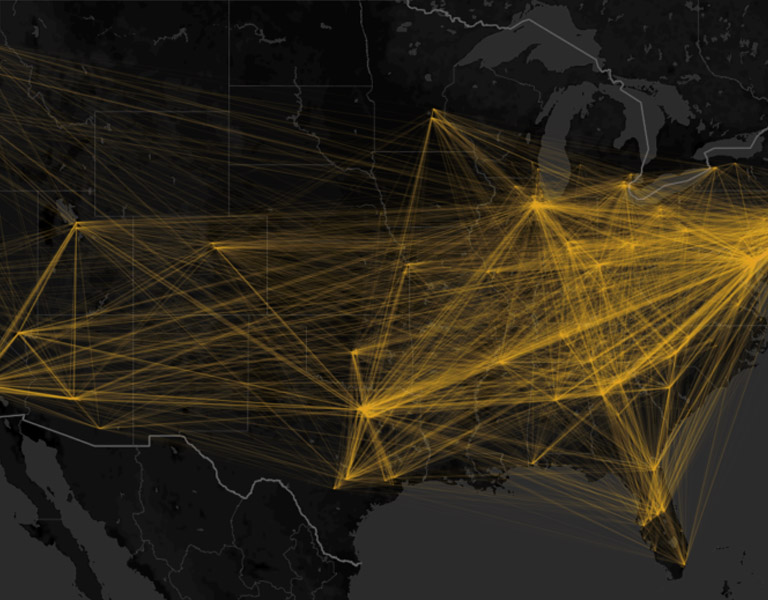
Efficient strategies: In today’s global economy, supply chains are becoming more complex and reliant on partnerships. Transport analytics can give manufacturing and distribution areas the required visibility to make better decisions.
Learn more about our Supply Chain Mapping Tool
Route planning: Transportation strategies require route planning. Some routes involve quick deliveries, while others require complex work. Transport analytics can unveil traffic and mobility trends and patterns, improving efficiency.

Cost reduction: Transport analytics insights provide a precise and clear blueprint to understand which processes, strategies, and actions need correction to reduce operative and fleet costs.
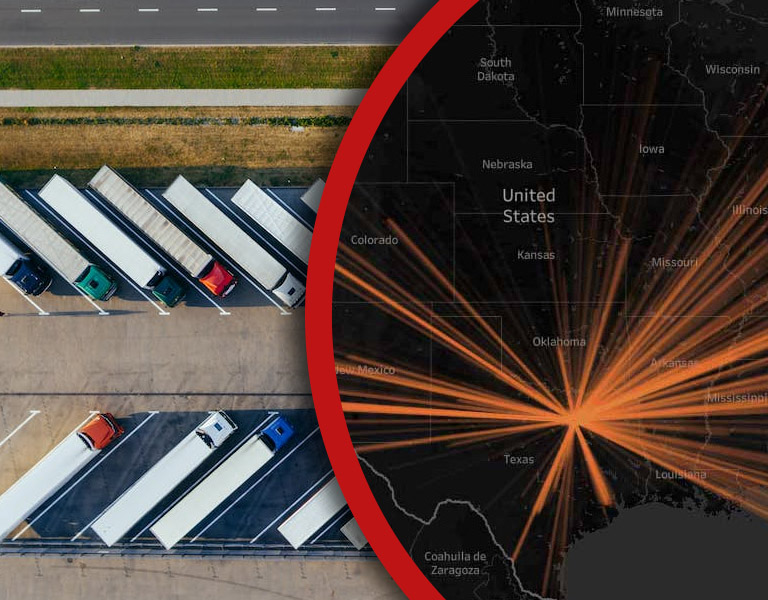
Safety improvement: Companies often use transport data to improve their safety programs and schedule vehicle maintenance. Also, it is used to identify and avoid dangerous routes, high-risk areas, and roads where accidents often happen.
Improve customer experience: Transport data can help organizations improve their customer service processes. For example, transport data can provide valuable insights into improving response and delivery times.
The role of predictive analytics
In businesses, predictive analytics can answer inquiries like “What outcome would be the most favorable?” or “What is the most efficient distribution plan?
Also, the synergy between transport analytics and predictive models can help foresee events that may affect transportation, such as weather, road closures, strikes, maintenance, traffic, and risk zones, and estimate the impact of development projects to help identify an alternative project without obstructing mobility.
Where to start?
At PREDIK Data Driven we integrate data analysis from multiple sources, minimizing logistical problems and automating a predictive model to project future trends, identify business needs and build long-term strategies to maximize revenue.

